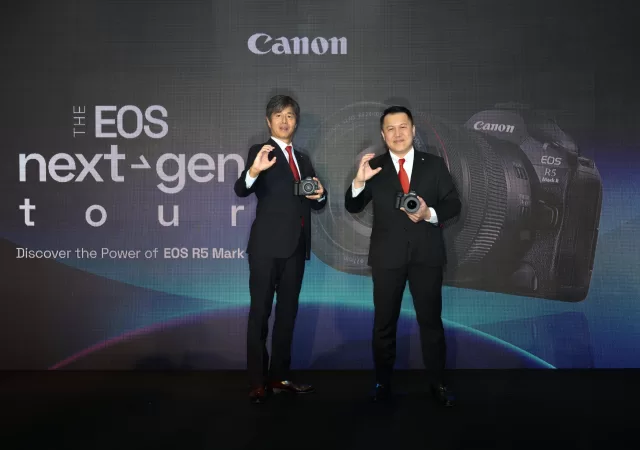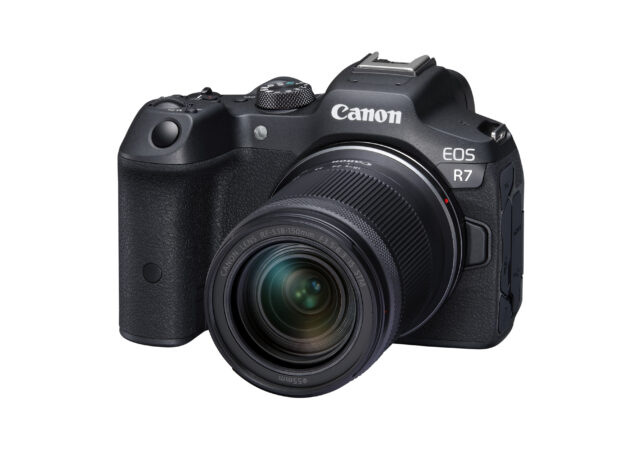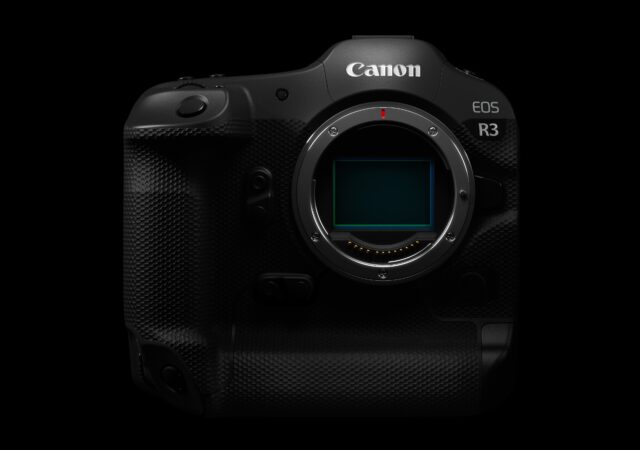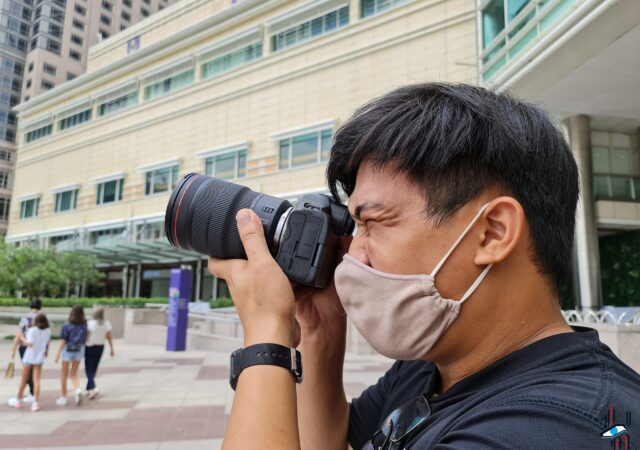Don’t miss the EOS Next Gen Tour 2024 in Malaysia! Get a firsthand look at Canon’s EOS R5 Mark II and witness its exceptional image quality and performance.
Canon EOS R Mirrorless Gets Smaller with new APS-C Sensors and RF-S Lenses
Canon launches their new EOS R7 and EOS R10, the latest APS-C mirrorless cameras with new RF-S kit lenses.
Canon EOS R3 Launches – Mirrorless is The Future with Canon
Canon releases the EOS R3 full frame mirrorless camera to replace the flagship EOS 1DX platform with a 24.1MP high-speed beast.
24 Hours with the Canon EOS R5 – A Walk Through Town
We had a short time to spend with the Canon EOS R5. We had a day out with the highly capable camera though, and the results shows.






